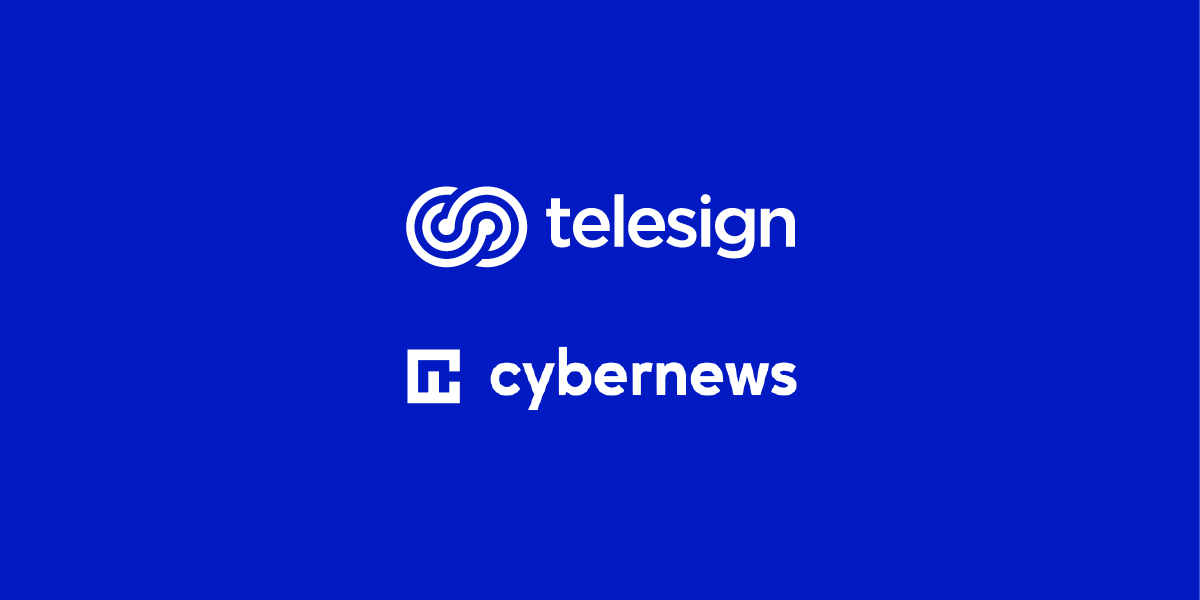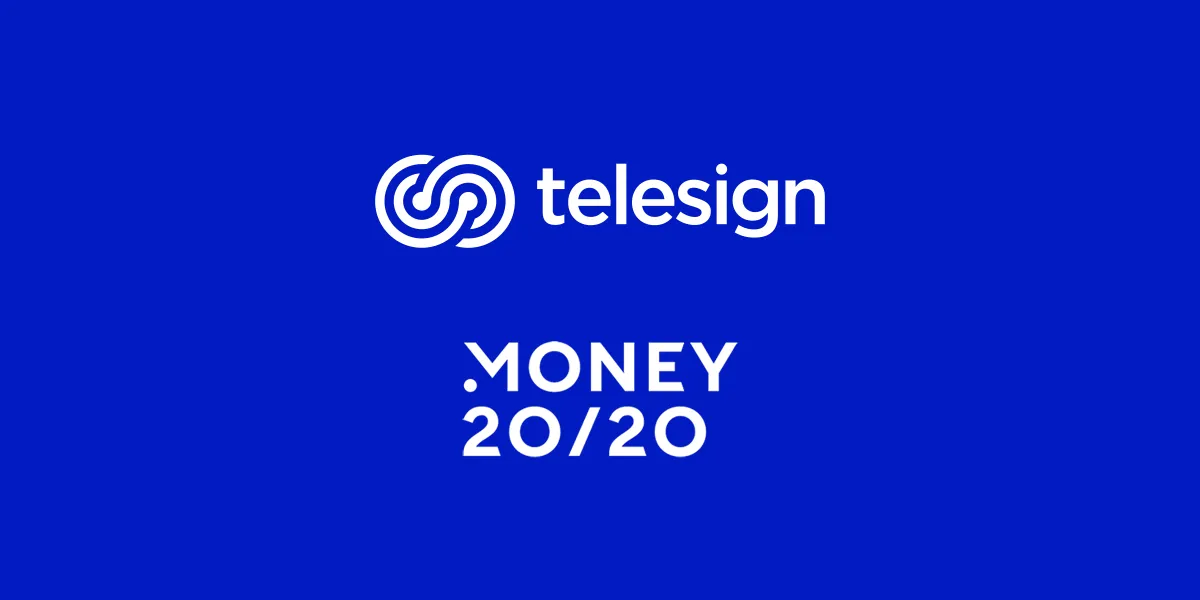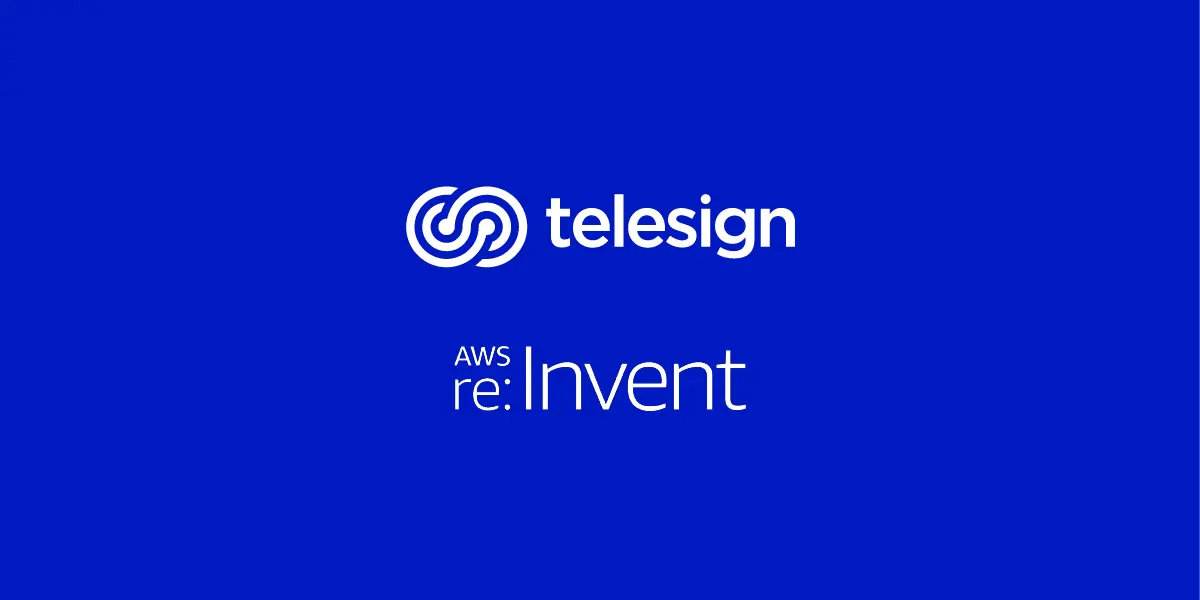
In the past, physical characteristics like fingerprints were primarily used to determine who we were. However, in today’s digital age, our online identities are becoming just as significant.
Our internet presences, from social media sites to online banking accounts, all include information about us that makes up our digital identities. Additionally, as more and more of our lives shift online, it is becoming a crucial mistake to take it for granted.
To discuss common misconceptions and strategies to prevent this problem, we invited Joe Burton, CEO of Telesign – a company that ensures enterprises by connecting, protecting, and defending their digital identities.
What has Telesign’s journey been like? How did the idea of Telesign come about?
Telesign was founded in 2005 to solve an emerging business challenge – providing an online identity solution that enables growth and technology adoption around the world.
Today, we connect companies with end consumers and protect those online experiences through powerful AI that delivers identity with speed, accuracy, and global reach.
Over the previous 15-plus years, we’ve helped companies secure billions of end-user accounts. In 2021 alone, we protected 1+ billion accounts from takeovers, and we take great pride in being a trusted partner to global enterprises across more than 200 countries and territories, including eight of the world’s top ten internet companies. We also serve enterprise clients across many industry verticals with a strong presence in e-commerce, technology, software, and social media.
Can you introduce us to what you do? What are the main challenges you help navigate?
We are in the trust business. People long to connect with each other and the companies they love without compromise. That’s why we exist. At Telesign, we believe that trust never ends.
To us, Continuous Trustª is the ongoing process of connecting, protecting, and defending businesses and their customers. There are four elements of Continuous Trust that we help companies navigate: onboarding, account integrity, fraud protection, and engagement.
At our core, we enable companies to create a happier and healthier digital experience for their customers. By empowering companies to transact, communicate, and engage with their customers free of fear, we’re making the promise of the digital economy possible.
How do you ensure secure authentication without compromising the user experience?
Many companies are faced with an all-too-common conundrum: should we be more secure but harder to work with, or easy to work with and less secure? As consumers connect new devices to even more digital accounts, this problem only grows.
The solution is to stop asking customers to prove who they are and move toward a world where we challenge them only when something changes. To be best in class, companies need to always know and recognize their customer – and understand when something in their digital identities is abnormal. This could be a location, a new device, or an abnormal request – something that isn’t normal behavior. Using AI-powered digital identity monitoring prevents needless friction while increasing the security of your systems.
As the line between the physical and digital realms continues to shrink, the need for trust grows. We need to know the person entering our space and recognize them by their appearance, actions, and patterns. Adopting a Continuous Trust approach to security is essential to keeping customers safe and loyal to your brand.
Do you think the recent global events have altered the way people approach cybersecurity?
Yes, especially as cyberattacks continue to increase in volume and severity. 2021 was the first time that successful fraud attempts outnumbered those prevented. The time is now for business leaders to address the magnitude of cyber risk.Successful cyberattacks have demonstrated their potential to impose massive costs on targets and can even bring an entire country’s economy to its knees. The rising threat of cyberattacks should set off alarm bells for all business leaders to strengthen their cyber defenses.
Since digital identity is a relatively new technology, people have misconceptions about it. Which ones do you notice most often?
While human experiences in the physical world have shaped the identity verification process in the digital world, digital identity still presents a unique set of challenges, complexity, and risks.
For example, in the physical world, when a person goes to a bank to withdraw funds, they might be asked to provide a government picture ID and a password for the account. The verifiers then compare the documents to the person standing in front of them.
In digital transactions, however, the person providing the documents could be anyone – including a fraudster who has stolen an identity.
To defend customers and their data against attacks and theft, businesses began requiring stronger passwords, automated security solutions, and multifactor authentication (MFA) methods to ensure the legitimacy of transactions and the identity of users during the onboarding process.
But the biggest misconception about digital identity is that a one-size-fits-all approach to verification will work both in the short and long term. It will not. Fraudsters are clever and relentless in their attacks, so your security stack must evolve and contain fraud prevention solutions tailored to your business and your customers.
What security details do you think are often overlooked by new business owners?
Many businesses look for quick solutions when it comes to security. Unfortunately, there is no shortcut to defending against identity theft and other cybercrimes.
Today, the best offense is defense. Maintaining awareness of the latest tactics used by fraudsters and their most likely victims can help prevent fraud attempts from happening. For example, multifactor authentication (MFA) – a critical component of effective security – can now be bypassed by savvy fraudsters and shouldn’t be relied on as the only tool in your security stack.But MFA remains a critical security measure. The phone numbers provided during MFA in a bogus onboarding attempt can provide much more than proof that the user is holding the phone: the number can be analyzed across thousands of attributes to determine the identity of the person behind the number – in milliseconds – to prevent the bad actor from conducting a scheme before it starts.
Fraud and its resulting damage to individuals and brands can happen in a flash, so it is critical for businesses to remain vigilant and consider a nuanced, layered approach to fraud prevention.
What threats do you think will arise in the near future as digital identity becomes a significant part of our lives?
As we spend ever-increasing time online – and move more of our lives to the digital realm – virtually all aspects of our lives are now stored and conducted on the internet, from banking and shopping to full-time remote work and endless streams of social media.
Fraudsters know this, and at the same time, they are more tenacious and well-funded than ever. As a result, fraud attacks will only increase in volume and severity.
In the digital world, data is king and will continue to be the primary target of bad actors seeking to steal a piece of the unprecedented and seemingly limitless financial transactions that happen every second of the day.
As the world gets more connected, what safety tools do you think everyone should have in place to keep their devices safe?
Companies should employ both identity and communications solutions to keep their customers protected from fraudsters that seek to steal data and then use it to commit fraud. Telesign provides security, authentication, fraud detection, compliance, and reputation scoring solutions through easy-to-integrate APIs.
Our products and services portfolio uniquely combines digital identity with global communications capabilities to help enterprises connect, protect, and engage with their customers. All while assisting those customers in securely engaging with their preferred digital platforms.
What does the future hold for Telesign?
Our mission is to make the digital world a safer place – where trust is continuous.⯠We will continue to empower our customers to create a happier and healthier digital experience for their customers.
Our goal is to make the internet a safer place for everyone. That’s what we do and what we will continue to do in the future.

